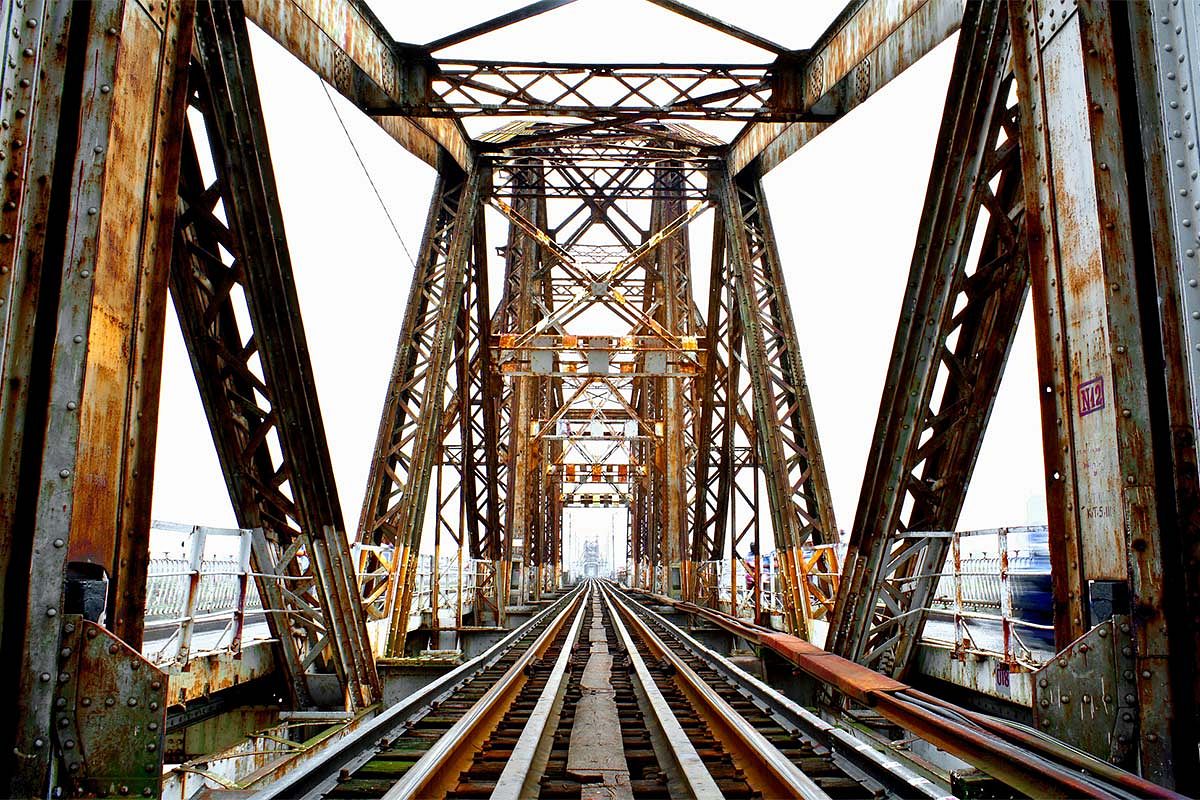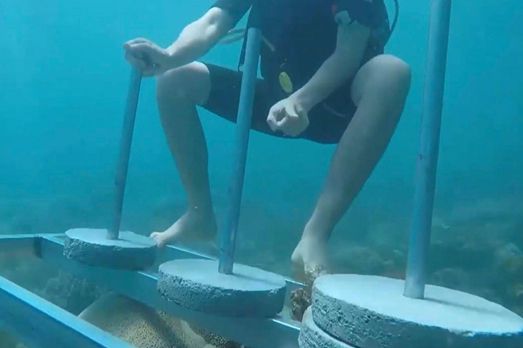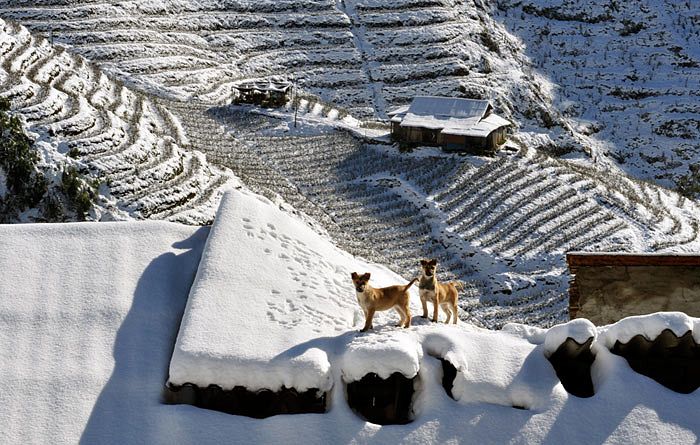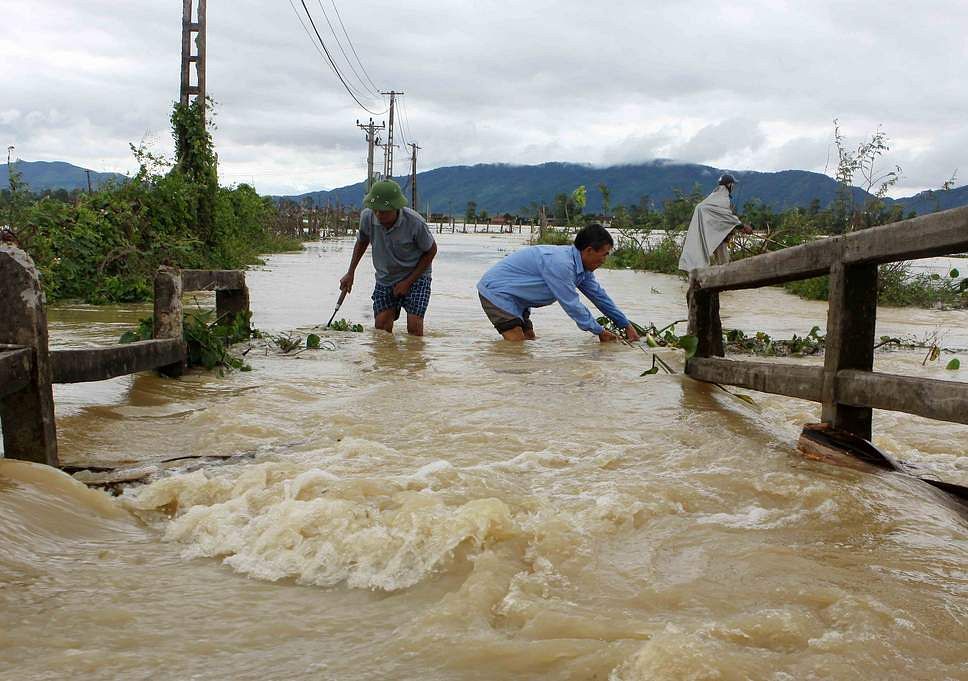Hydroelectric dams on the Mekong River are threatening Vietnamese fishing communities in the Delta, but what else is new.
Seasonal floods once provided fishermen in southern Vietnam with lucrative fish booms, but once dams in China, Thailand, Cambodia and Laos began regulating water flow in 2011, catches have drastically declined. The Mekong River is the world’s largest inland fishery, feeding 60 million people in the river basin.
The dams disrupt fish spawning and migration, and also significantly damage the delta’s core composition. The dams stop the movement of nutrient-rich sediment that supports plant and animal ecosystems and agricultural endeavors. It is estimated that if all the proposed dams are completed, 96% of sediment will be trapped before it can reach the lower delta.
Fishing levels in the Delta have dropped dramatically in the past decade, from upwards of 60,000 metric tons at the beginning of the century to just 22,000 metric tons in 2016 and 2017, according to Tran Phung Hoang Tuan, director of the Department of Fisheries in An Giang Province. "The Delta is gradually losing the capacity to support the population. The Delta is going to fall apart," added Mekong wetlands ecologist Nguyen Huu Thien.
The decline in wild fish is forcing people to switch to other forms of making money, including agriculture and fish farms, which come with their own environmental risks. If the situation continues to worsen, many people are likely to leave the region, causing other problems. Thien says, “The sure thing we know, if the delta cannot support its population of 18 million, then people will have to migrate – migrate everywhere. The dams are sowing the seeds of social instability in the region.”
Vietnam is hardly the only country affected by the altered river flows. Cambodia, Laos and Thailand have seen significant negative effects on their domestic fishing and agriculture industries. For example, Somkiat Khunsangsa, a local from Chiang Rai Province in Thailand explained to Vietnam News that “since the hydroelectric dams have been built in the upper basin, many species of fauna and flora have never been seen again. Northern Thailand used to have 200 kinds of fishes but now only a third survive.”
China is the largest constructor of hydroelectric dams but Laos, Thailand and Cambodia have constructed their own as well. There are currently 144 in operation or planned for on the river and the prevailing attitude seems to be that with no ability to curb the actions of other nations, each country should get it while the getting is good.
The issue threatens to strain relationships between countries in the region. Multinational organizations like the Mekong River Commission have been established to enable cooperation, but inter-county squabbles and a lack of real enforcement power call into question their ability to significantly regulate sustainable construction. Vietnam’s government has been concerned for years, but so far has seen all efforts resisting the dams to be futile.
The bleak outlook for Delta fish stocks mirrors that for Asia’s waters in general. A recent study predicted that the region will run out of fish by 2048.
[Photo via Straits Times]














